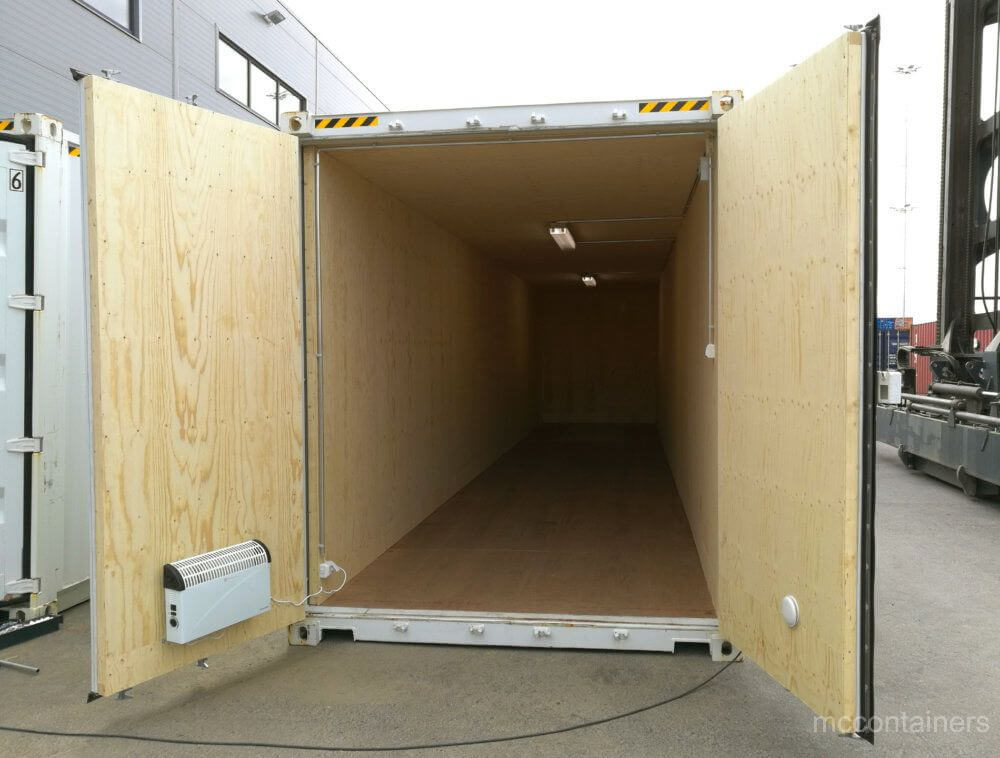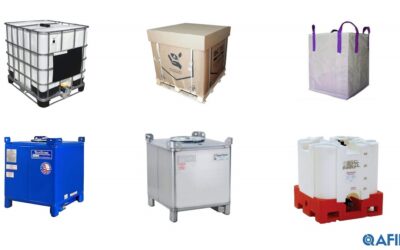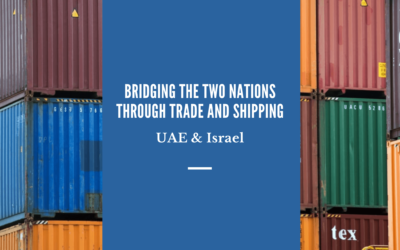A Guide to Insulated Shipping Container
Table of Contents
The shipping industry moves a wide range of products everywhere on the globe. Whether you intend to keep the products hot or chill, dry or wet, packed or fresh, this industry covers it all.
What to do if you need to keep up specific items at a freezing temperature? You cannot move them in the same container near the products that you intend to store at room temperature.
It is the place where insulated containers gain significance. Without them, it would have been challenging to ship a wide range of goods. The rule behind insulated containers is you can use cooling technology to bring down the temperature during transit.
Also Read About
| Open Top Container | Hard Top Container |
| Platform Container | Reefer Container |
| Flat Rack Container | Pallet Wide Containers |
| Intermediate Bulk Container | Ventilated Container |
| Dry Container | Tank Container |
Features
- Stainless Steel or Timber layering
- Strong steel primary parts
- Complete 270-degree opening.
- Standard swinging doors.
- You can also add a security lockbox.
Types:
Non-Operational Refrigerated Containers
These are known as deactivated reefers. It implies that they do not have the cooling apparatus. But they do possess all the necessary insulation of a refrigerated container.
Insulated Shipping Containers
These are specially designed containers intended for products that do not require refrigeration but need a consistent temperature. We can insulate a standard holder with
- 50mm Border framing use to control the external temperature.
- wall air-conditioner control system
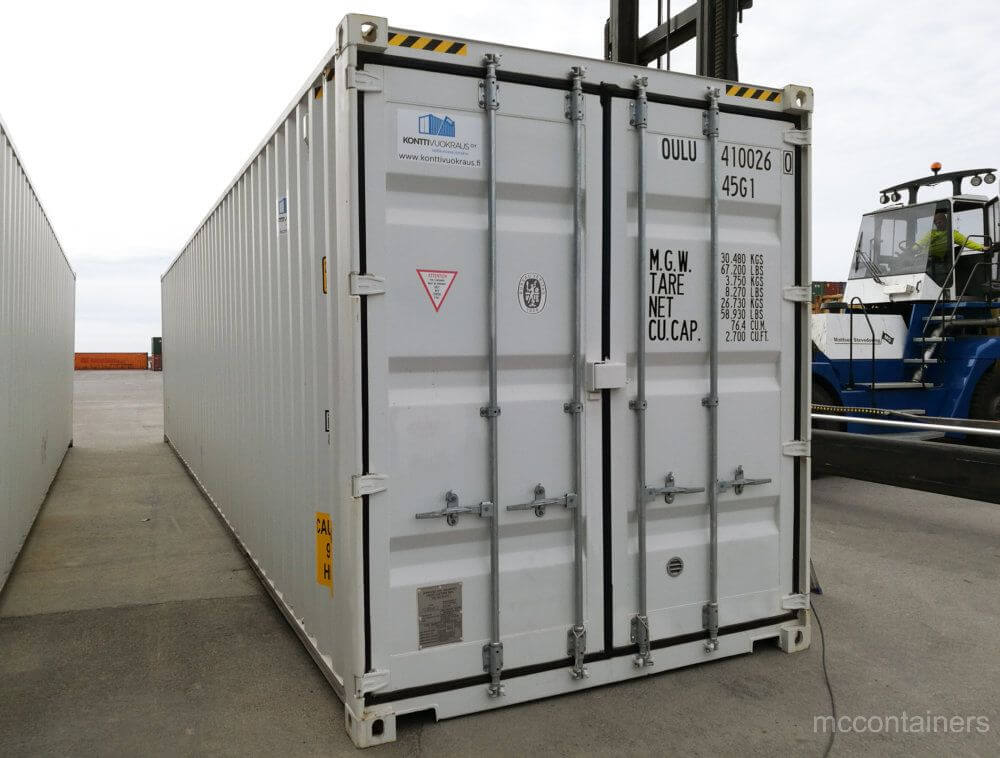
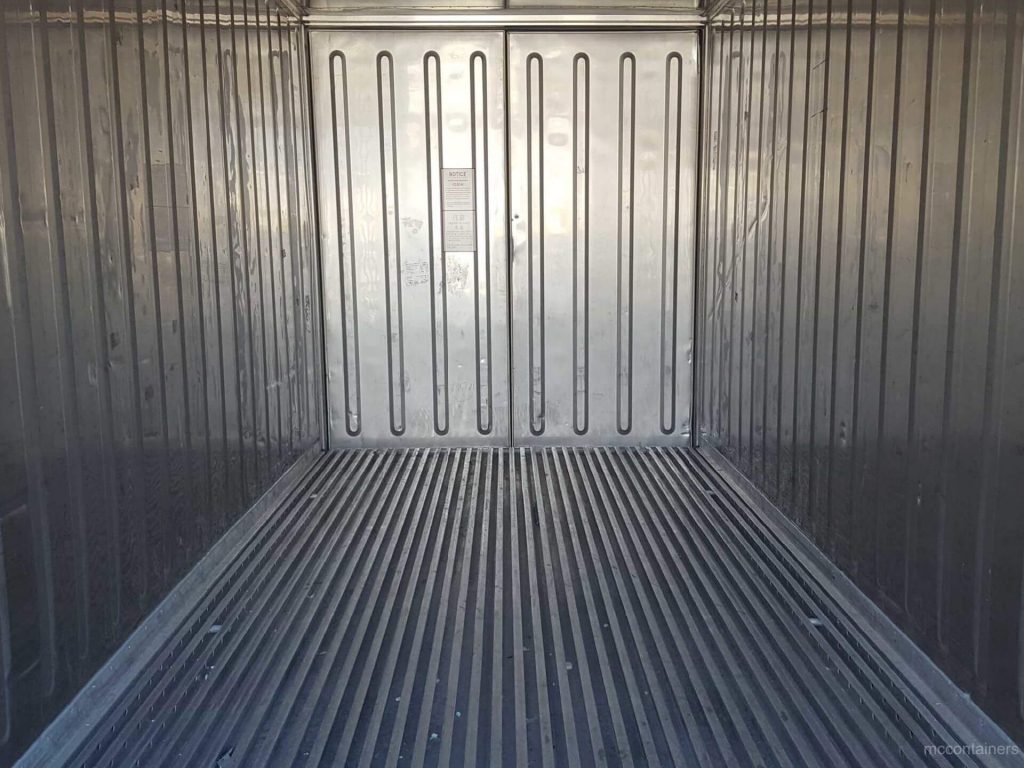
Why and where We Need Insulated Shipping Container?
So, what makes these containers so important? You need to understand the nature of the products to comprehend why people invest in these containers and prefer to keep a protected and temperature-controlled state for specific products.
What do they do?
The principle thought behind the insulated containers is that they
- Keep up the freshness of goods.
- Forestall the development of microorganisms,
- Keep up the necessary components of medicines and drugs.
- Help to ship fresh products,
- Improve the storage life of food.
For what reason do we Need Insulated Shipping Containers?
Many products can be sensitive to contamination. You can avoid this by guaranteeing that only filtered air is allowed to enter or leave the container. It’s the place where insulation assumes a significant job.
The insulated container fully secures a steel container from an external environment. It also keeps a fixed state for the safe transit of the products.
The products that you may need to keep under a particular temperature to protect them from any damage may include
- Pharmaceutical items
- New produce
- Drinks
- Frozen products
- Chemicals
While air transport is quite helpful in such conditions, it tends to be hard for shippers to move loads of products. Thus, it is simpler to benefit from ships and container vessels for transport.
For longer routes, the journey can take up to days and even months. The products you want to transport can rot within a few days if they make this journey in a standard container.
However, shipping organizations make all efforts to keep products like fruits and vegetables fresh and ready for use. Along these lines, they opt for insulated or temperature-controlled containers that have enough space to move their products without any damage.
Common Heights of Insulated Shipping Container
Usually, Insulated Shipping containers come in 20 foot and 40-foot sizes.
Specifications
Dimensions
| | Maximum Gross Weight | Tare Weight | Inside cube capacity |
| 20’ Insulated Container | 22,111 kg | 26,120 kg | 28.3 m3 |
| 40’ Insulated Container | 3,290 kg | 4,360 kg | 57.8 m3 |
| 40’-cube insulated container | 28,560 kg | 3,940 kg | 76.4 m3 |
| | 20’ insulated external | 20’ insulated internal | 40’ insulated external | 40’ insulated internal | 40’ high-cube insulated external | 40’ high-cube insulated internal | Insulated door size |
| Length | 6.06m | 5.43m | 12.19m | 11.49m | 12.19m | 12.04m | |
| Width | 2.44m | 2.28m | 2.44m | 2.27m | 2.43m | 2.37m | 2.34m |
| Height | 2.90m | 2.26m | 2.90m | 2.20m | 2.92 | 2.46m | 2.58m |
How you can Use Insulated Shipping Container to Manage Cargo effectively
In contrast to reefers, insulated containers depend on their insulation properties to keep a consistent temperature all through instead of relying on a power source and controlled temperature range.
You can use this type of containers.
- If you are transporting products to a generally short distance
- When no power is accessible
- When the products need a standard temperature instead of refrigeration.
For example, you can transport pre-cooled freight from cold inventory in an insulated steel container to keep an effective cold chain on short journeys. Numerous goods don’t need cooling techniques by any means as the insulation of the holder itself is sufficient to keep the products in the necessary condition.
Most containers use a temperature sensor to record heat changes continually. You can routinely check these measurements to guarantee that there is no decay in the products.
For example, fresh products can stale if the air flows inside the holder during transit. You can also set air channels in such containers. Furthermore, a few types of products likewise need some nitrogen to forestall decay.
By maintaining a cold condition, there are no unexpected temperature fluctuations that may cause several issues. For example, regular defrosting and cooling patterns of food and other products may cause deterioration.
Pharmaceutical products like medicines are sensitive to temperature change. If a specific climate does not surround them, their composition and reactions can modify.
Step by step instructions to Insulate Shipping Containers
For this, various techniques create a setting depending upon whether they are to be kept up when the cool environment has been created. The following issue emerges with respect to how this state is to be retained.
Heat movement will consistently happen except if there are proper precautionary measures taken. This is where insulation comes in. Below some of the insulation techniques have been shared:
Covering with layers
One way to insulate a container is by encasing it in two layers like that done in a thermos flask. A vacuum is created between these two layers which prevent any exchange of heat between the outer and the inner atmosphere of the container.
This strategy for keeping up the temperature is quite helpful since it doesn’t cost much. There is one need. You need some coolant to bring down the temperature at first.
From that point, the vacuum structure keeps it from warming up because of environmental factors.
Ice or gel
You can use ice or a specific chemical gel to lower the temperature. For this, these materials save the warmth present inside the container and afterwards transform into an alternate stage.
Gas-filled boxes or chambers
Another option available to confine the heat is by utilizing gas-filled chambers. This can be achieved in two ways, either around the whole container or around each pallet.
Usually, you can use inert gases that serve as a wall between the two environments as these gases are bad conductors of heat. You can load up bubble wraps with these gases to ensure the safety of delicate products so, that they prevent any heat movement.

Endothermic or heat-absorbing materials:
Another way of preventing heat movement is by incorporating heat-absorbing materials into a container’s walls that can absorb and scatter heat. This can include
Liners
Liners are materials incorporated into the walls of the container, to absorb heat.
Thermal blankets
Thermal blankets are huge sheets that are folded over each pallet instead of around the container.
The significant thing to keep in mind is that each kind of shipment requires an alternate usage while picking an insulation strategy.
